Counting Teaching Resources
Teach counting skills this school year with printable worksheets, educational games, digital activities and more primary school resources designed to help students when they are learning to count.
This extensive collection of teaching resources aligned to the Australian curriculum includes maths mentals, MAB flashcards and more to save primary teachers time on lesson planning. Created by expert teachers, each resource in this maths collection has been carefully reviewed and curated by our team. That means it's ready to use in the classroom! You'll even find editable resources, plus differentiated options.
New to teaching counting, or just looking for fresh ways to engage your students? Read on for a primer from our teaching team!
What Is Counting?
It may seem obvious, but let's start at the beginning.
The basic counting process involves a one-to-one correspondence between the items in the set and the counting numbers. It's a fundamental mathematical concept taught in the early years that helps our students develop number sense and mathematical skills.
In the early years, students typically learn to:
- Recite the numbers in sequence
- Count objects by pointing to them and saying the corresponding number
- Recognise and write numerals
- Count forward and backward
- Skip count by twos, fives and tens
- Use counting strategies to solve simple addition and subtraction problems
Counting Vocabulary Terms
Let's dive into some of the common maths vocabulary terms related to counting that students encounter in primary school.
Numerals
Numerals is another word for the symbols that represent numbers, such as 1, 2 and 3.
Digits
Digits are the individual symbols that are used to make up numerals. For example, let's look at the numeral 12. The digits 1 and 2 make up the numeral 12.
Skip Counting
One of the early skills students learn in counting is the process of skip counting, in which they literally skip over numbers. A precursor to traditional addition, skip counting involves counting by a specific number sequence, such as 2, 4, 6, 8, etc.
For example, when skip counting by 2s, a student would start at 2, counting out 4, 6, 8, 10, and so on.
Counting On
Counting on is a simple strategy for performing addition. Using this strategy, students start with a smaller number and count up by the number being added to find a sum.
For example, if a student faces the addition problem 3 + 4, they would start with the number 3 and count on 4 more: 4, 5, 6, 7. In this case, the answer is 7.
Counting Back
The opposite of counting on is counting back. This strategy for solving subtraction problems involves starting with a larger number and counting down by the number being subtracted to find a difference.
As an example, a student who wants to solve the subtraction problem 5 - 3 could count backward from the larger number to find the solution. In this case, the larger number is 5. The student would start with 5, counting back 3 — 4, 3, 2. The answer is 2.
Tally Marks
Tally marks are a great tool for teaching early counting skills. When teaching counting with tally marks, you ask your students to draw a certain number of tally marks to represent a given quantity.
For example, if a student is going to count to four using tally marks, they would draw a single vertical line and then draw three more lines next to it.
Tally marks are typically drawn in groups of five, so if a student were asked to then count to five using tally marks, they would draw a diagonal line crossing through the four vertical lines to represent all five.
Understanding how to create sets of five tally marks can help students count to larger numbers easily. For example, if a student is asked to count to 15, they would create three sets of five tally marks.
Grouping
The term grouping has a number of definitions, depending on how it's being used. But when it comes to counting, grouping refers to a method of organising objects into groups of equal size to facilitate counting.
Sets of tally marks are a perfect example of grouping — they're a visual representation of grouping numbers into sets of five.
How to Teach Counting
Are you looking for some fun ways to teach counting in your early years classroom? The more hands-on and active, the better!
In addition to the worksheets, games and other activities in this collection, try some of these fun ideas from our teacher team!
- Use Snacktivities — Maths manipulatives help young kinesthetic learners understand counting by making the concepts more concrete, and using snacks adds a real-world element to the lesson! Challenge students to string snacks like cereal loops for practice with grouping or simply to count out exact numbers of gummy bears. Just make sure no one samples the manipulatives!
- Get Arty — Incorporating art into counting activities adds an element of fun. For example, ask kids to draw a certain number of circles, squares or other shapes and then count them out loud. This also helps students work fine muscles and develops their understanding of basic shapes.
- Play Store — Even before students learn about currency, kids enjoy the role-play of 'shopping' like adults. Use this to your advantage by setting up a classroom 'store' and asking children to count out the correct amount of play money to purchase items.
- Get Active — Encourage movement and help students get their wiggles out while learning. Ask children to count out loud while jumping or hopping, or play a game of Simon Says that involves specific numbers of a specific movement.
- Plus Plan
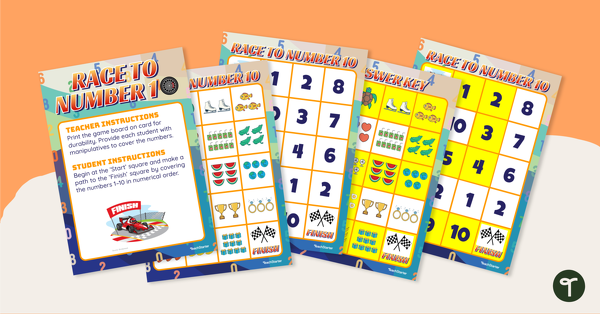
Race to Number 10
Practise counting and sequencing objects up to 10 with this hands-on or interactive game.
- Plus Plan
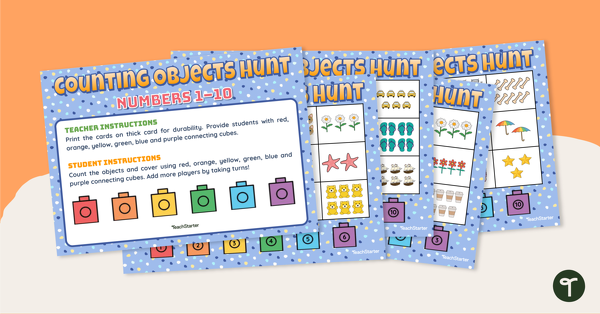
Counting Objects Hunt – Numbers 1–10
Use one-to-one correspondence skills to practise counting objects up to 10.
- Plus Plan
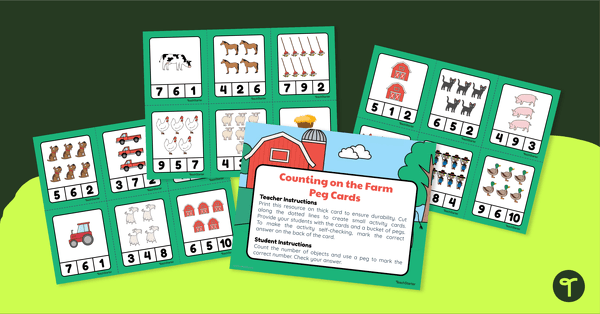
Counting Peg Cards – On the Farm
Practise counting objects with a set of 18 farm-themed counting peg cards.
- Plus Plan

Counting Peg Cards – Dinosaurs
Practice counting objects with a set of 18 dinosaur-themed counting peg cards.
- Plus Plan
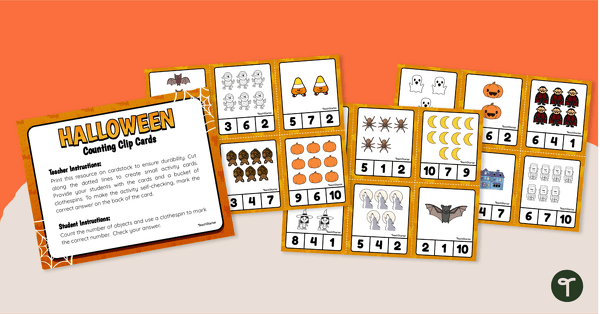
Counting Peg Cards - Halloween
Practise counting objects with a set of 18 Halloween peg cards.
- Plus Plan
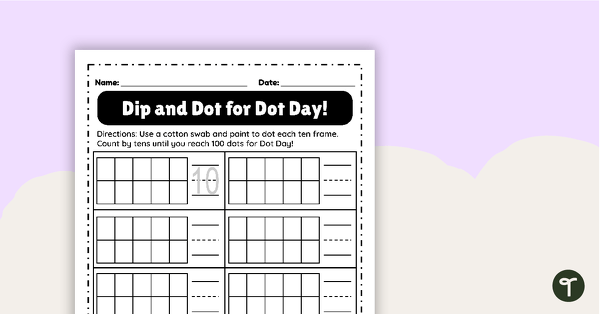
Counting to 100 - Dot Day Worksheet
Celebrate International Dot Day with this fun, hands-on way to practise counting to 100.
- Plus Plan

Rolling to 100 Board Game
Practise counting to 100 by 1's with this interactive hundreds board game for multiple players.
- Plus Plan
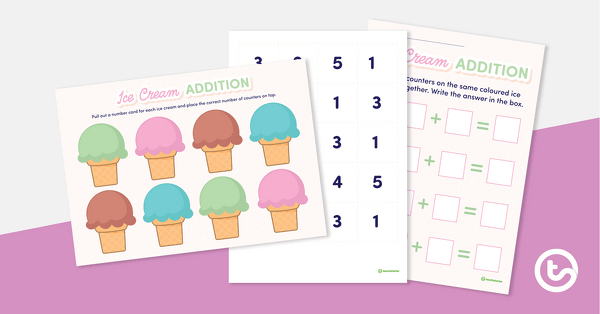
Ice Cream Addition Activity
A cute ice cream-themed addition activity.
- Free Plan
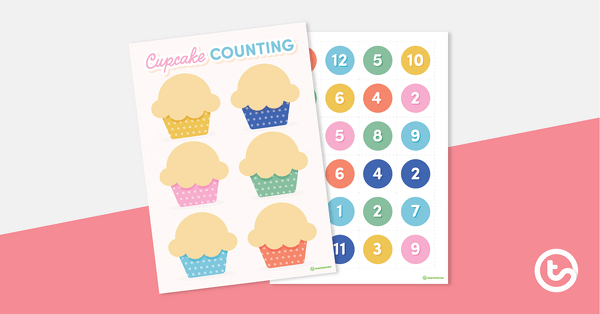
Cupcake Counting Activity
A colourful number activity using counters.
- Plus Plan
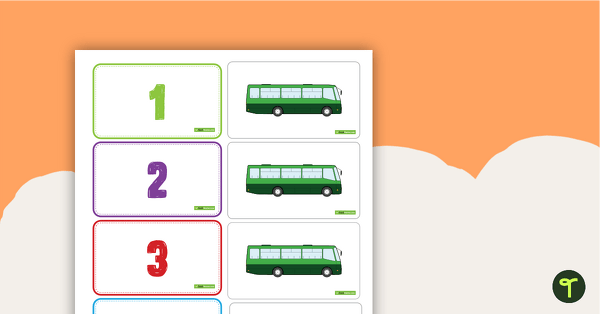
1 to 5 Transport Number Match Cards
A transport themed number activity to use in the classroom when identifying, sequencing and counting numbers from 1 to 5.
- Plus Plan
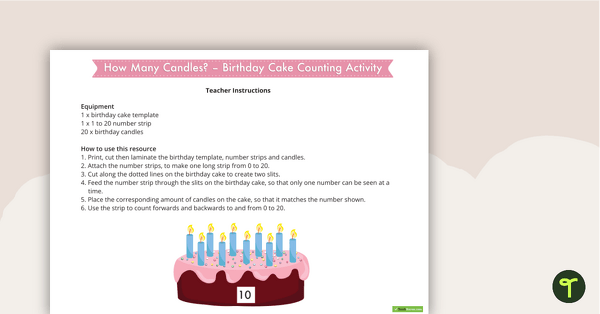
How Many Candles? - Birthday Cake Counting Activity
A fun birthday cake themed place value activity to help students identify numbers and count small collections.
- Plus Plan
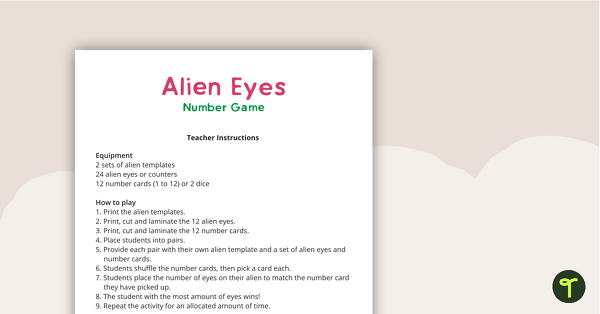
Alien Eyes - Number Game
A fun alien themed number game to help students identify the number from 1 to 12 and count small collections.
- Plus Plan
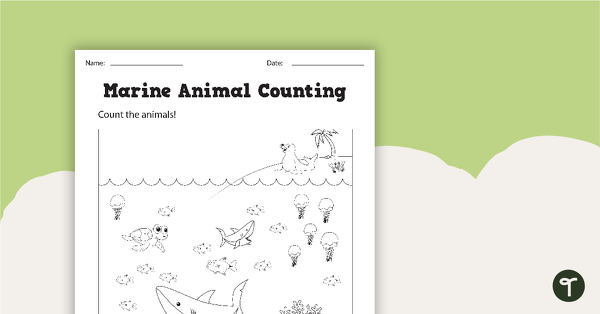
Marine Animal Counting Worksheet
A marine themed counting worksheet to use in the classroom.
- Plus Plan

Numeracy Songs - "Five Currant Buns" Counting Activity
An activity to use in conjunction with the numeracy song, "Five Currant Buns".
- Plus Plan
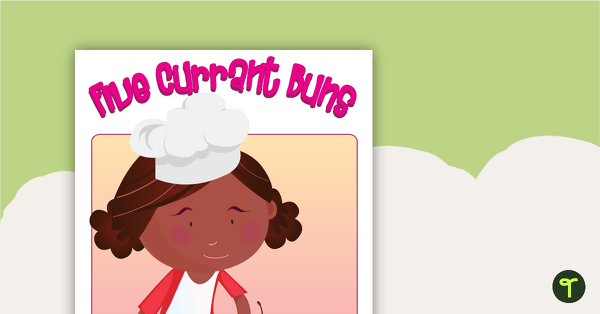
Numeracy Songs - "Five Currant Buns" Poster
A poster to use in conjunction with numeracy songs.
- Plus Plan
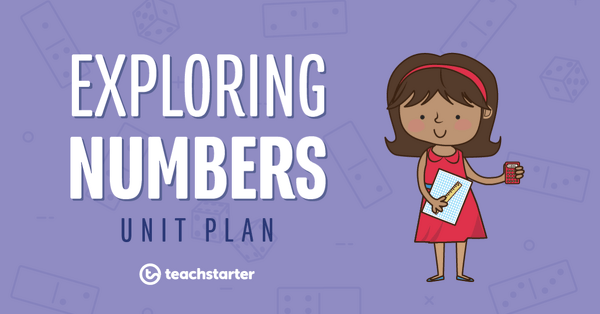
Counting Collections
A 60 minute lesson in which students will count small collections to identify 'how many'.
- Plus Plan
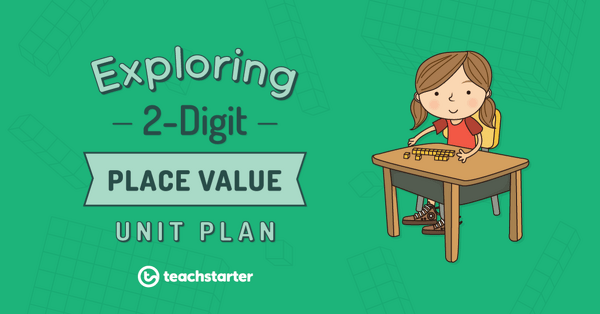
Let's Count!
A 60 minute lesson in which students will identify and order numbers from 0 to 100.
-
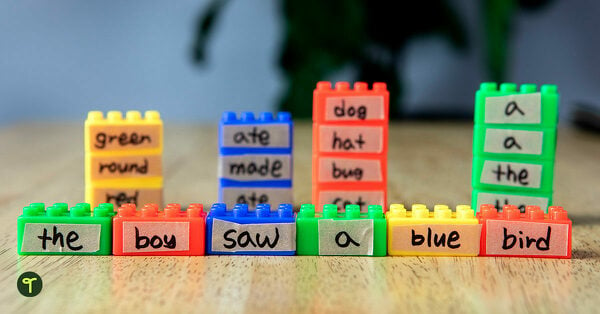
Fun Ways to Learn with LEGO in the Classroom
From learning sentence structure to coding activities, using Lego for learning in the classroom is a no brainer.
-

8 Easter Maths Activities That Bring a Little Fun to the Classroom
Use quick and easy Easter maths activities and teaching resources that are curriculum aligned to bring festive fun to maths class!